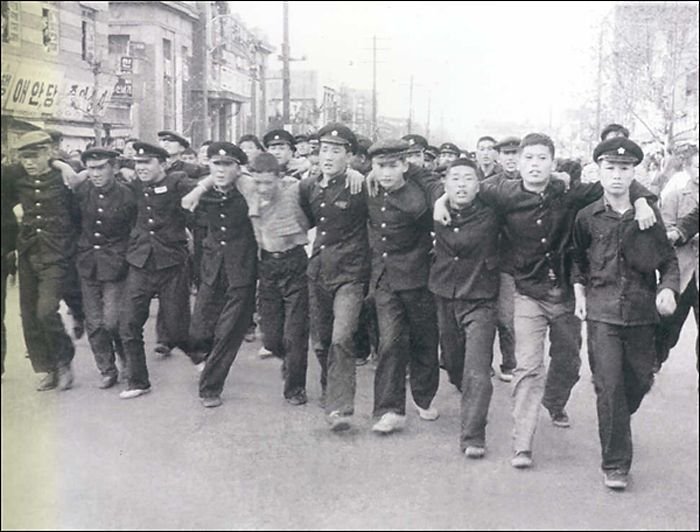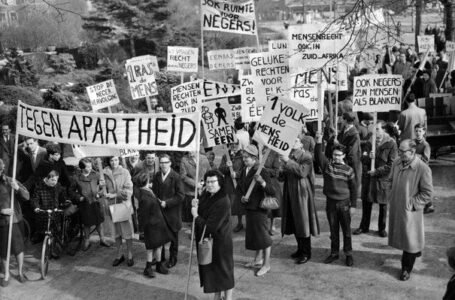The Global Student Uprisings of 1968: A Year Making All the Difference

-Mili Joshi
This was not just any other year in history. It was one of those years in the world. A time when students from around the world, from various cultures and from different continents, stood up and, in several cases, for the first time, made their voices impossible to ignore. From the barricades of Paris to the alleys of Mexico City’s streets, college campuses across the U.S. to Prague, young people rise in protests not only against wars and inequalities but also racism, censorship, and age-old systems that do not conform to the world as it should be. It wasn’t But One Movement. It was Many- and they were less connected by geography than by the energy they shared, in this case, restless, rebellious, loud. And in a sense, even today, those echoes are found in the culture of protest.
Paris, the City with Fire: A Glimpse
In May 1968, there was an explosion of activity in Paris.
From a small protest at the University of Nanterre against academic rigidity, poor campus conditions, and an atmosphere of repression, discontent began to spread. Government repression called angry students in Paris to react; soon they were joined by striking workers, artists, and intellectuals. For weeks on end, the streets had turned into battle tunnels. The walls were covered with graffiti made famous by slogans:
“Be realistic, demand the impossible” and
“Beneath the pavement, the beach.”
The French government was so shaken by the protests that President Charles de Gaulle even left France for a while. But it was not the exams or university rules that were at stake. It was freedom, control, and a whole generation refusing to inherit a system that it did not believe in.
The United States: Protest in the Age of Vietnam
By 1968, the United States was already burning. The Vietnam War continued. There was increasing racial tension. Martin Luther King Jr. and Robert F. Kennedy were assassinated. The country felt like it was coming apart again. The college students couldn’t take it any longer. Protests erupted on campuses such as Columbia University in New York City, where students occupied buildings and demanded racially equal justice, opposed the selective service, and called out an undisclosed military-industrial complex. Some demonstrations turned violent. Police crackdowns were extremely brutal. But students continued pushing even then. They were not just protesting against war-they opposed everything in which the United States stood for sort of identity crisis.
Tlatelolco and the Cost of Dissent in Mexico
In Mexico, students had been organizing for months, demanding more democracy and academic freedom, and wanting the police to interfere less with education. But with the impending arrival of the 1968 Olympics, the government started getting increasingly agitated. Then there was October 2, days before the opening ceremony. Thousands of students had gathered in Tlatelolco Plaza for a peaceful demonstration. What followed was a dark chapter in Mexico’s contemporary history: the Tlatelolco Massacre. The military and police opened fire on the crowd. Hundreds were killed or disappeared. The government tried to cover it up. For many years, even families did not know what had become of their loved ones. It also served as a chilling reminder of the price of dissent and the lengths to which a government would go to maintain its grip.
Prague, Berlin, Tokyo, and Beyond
It was not only in the West that uprisings took place. In Czechoslovakia, 1968 was the year of the Prague Spring: a reform movement that was attempting to set up “socialism with a human face.” While it would be crushed by the Soviet invasion, its spirit continued to inspire students and intellectuals across the Eastern Bloc. In Berlin, students protested against fascism and the conservative establishment. In Tokyo, they protested against university policies and against Japan’s ties to the U.S. military. Even in Brazil and Pakistan, the youth-led protests were giving loose cannon to dictatorship and authoritarianism. The connecting thread is a deep dissatisfaction with the status quo and the belief that young people had the power (and right) to challenge it.
So, What Was Different About 1968?
Students had protested before. But this was the first time they protested everywhere, all over the world, at the same time. This was a generation that had grown up confronting the aura of war but was not willing to repeat the mistakes of their parents. They were more educated, more connected, more aware of global injustice. And then one could say mass media got to work. TV cameras, radio, and newspapers sent images of tear gas, marches, and flag-waving students from one corner of the world to the other. Now, the protest was not just local; it was part of the global village.
Legacy Today
From 1968, one can now trace a straight line to contemporary protest movements. Occupy Wall Street, Black Lives Matter, climate strikes, pro-democracy movement in Hong Kong all echo that year. The notion that youth can disrupt power, alter discourse, and demand change? That was planted in 1968. It also changed how governments treat dissent. Many started to learn to foresee it, control it, or, in some cases, to also undermine it. But there is one thing for sure: 1968 proved that students were not just the future. They were the present.
The global student uprisings of 1968 were not unblemished. Not all led to anything permanent. Some triggered violence. Others disappointing. But they pointed toward a change in stance: changes in perception, in power, and in the very definition of possibility. Young people stood up and said: We don’t want to wait for turns. We want something different. And we want it now.
In doing so, they forever changed the culture of protest.


